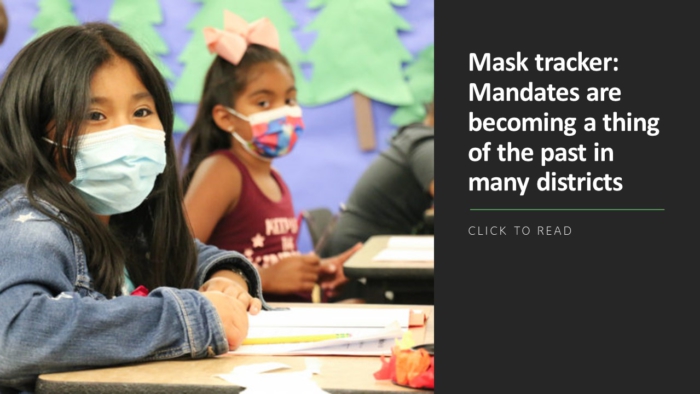Tackling unfinished learning and closing equity gaps for the long-term continue to lead K-12 leaders’ priorities as they invest American Rescue Plan funds in bouncing back from COVID.
With ARP money now pouring into districts, administrators are now refining and updating their recovery plans as they prepare for spring budgeting seasons. Districts are required to obligate relief funds by September 2024.
Leaders surveyed by AASA, The School Superintendents Association listed five top priorities for ARP funds:
- 82% plan to expand whole-child supports, including social, emotional, mental, and physical health and development.
- 76% will continue to invest funds in summer learning and enrichment.
- 66% will add staff and specialists to support student needs.
- 55% will renovate and update school facilities though many of those leaders said they would need an extension beyond 2024 to obligate funds for construction.
“The delta and omicron variants complicated many districts’ plans to potentially shift gears in the 2022-23 school year since learning recovery efforts were complicated during the fall and winter of 2021 due to labor shortages, short-term school closures and the need to continue investing heavily in PPE and other pandemic-related supplies and needs,” AASA’s survey says.
More ESSER insights
- Wondering how focused your state leaders are on social-emotional learning? The Education Trust offers a state-by-state analysis.
- Looking for ideas? Here is a list of relief-spending highlights from the Department of Education.
The survey uncovered some geographic and demographic differences among types of districts. For example, rural districts were far less likely than suburban and urban districts to report plans to invest in social-emotional or trauma-informed learning. “This could have to do with the recent politicization and misunderstanding of what social-emotional learning entails that may be more prevalent in rural communities,” the survey says.
Rural and suburban districts were more likely to say they will compensate staff to add learning time and invest ARP funds in high-intensity tutoring.
On the other hand, leaders of urban districts are more focused on using relief funds to diversify their teaching corps by revamping educator-preparation pathways. Urban schools are also more likely to spend ARP money to expand bilingual learning programs and enhance services for English learners but those commitments have ebbed since earlier in the pandemic, the survey found.
Supply strains, however, are creating significant hurdles for district leaders who want to use relief funds to upgrade their district’s HVAC systems and make other capital improvements. Many of these leaders now worry they won’t be able to obligate all these funds by the deadline in 2024. These pressures are particularly intense in small and rural districts that are losing out on bids to more affluent school systems, the survey says.
The survey also criticized members of Congress who have complained that districts either aren’t spending relief dollars quickly enough and don’t know how to spend these federal funds. “We believe it is disingenuous for Congressional leaders to provide school districts a multi-year timeline to spend this funding and then question why schools cannot spend an unprecedented amount of money seemingly immediately,” the survey says.
More from DA: These 10 actions now and in the future will reverse teacher shortages



